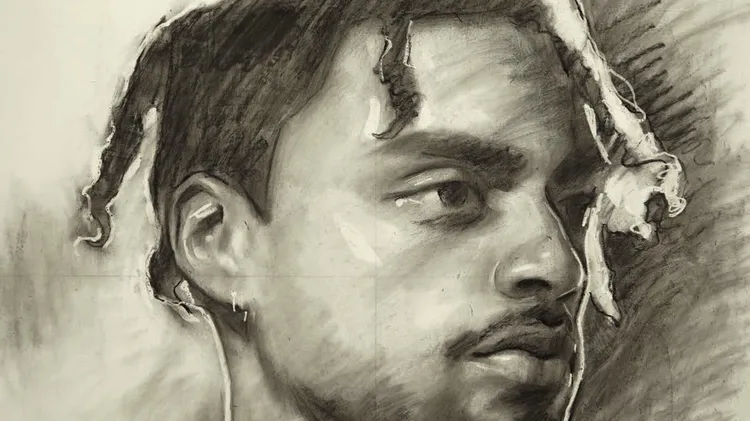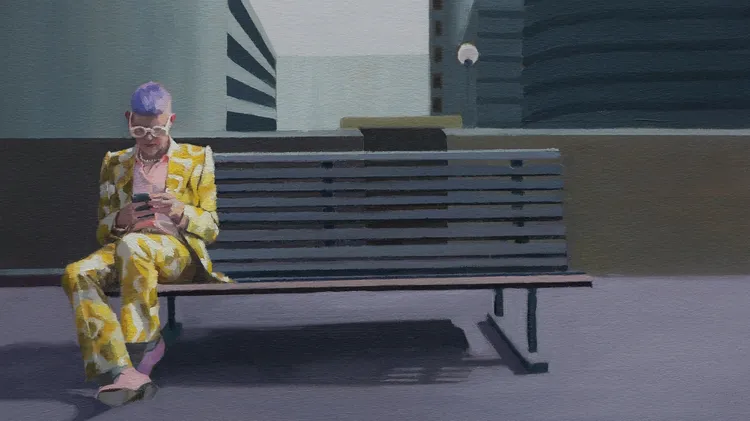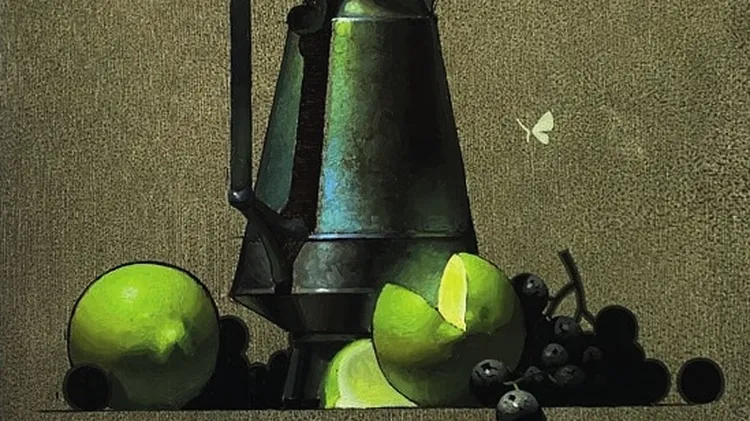In the third of five articles on portraits in oils, Peter Keegan
The essentials ofportraiture
8 min read
This article is from...
Read this article and 8000+ more magazines and newspapers on Readly




